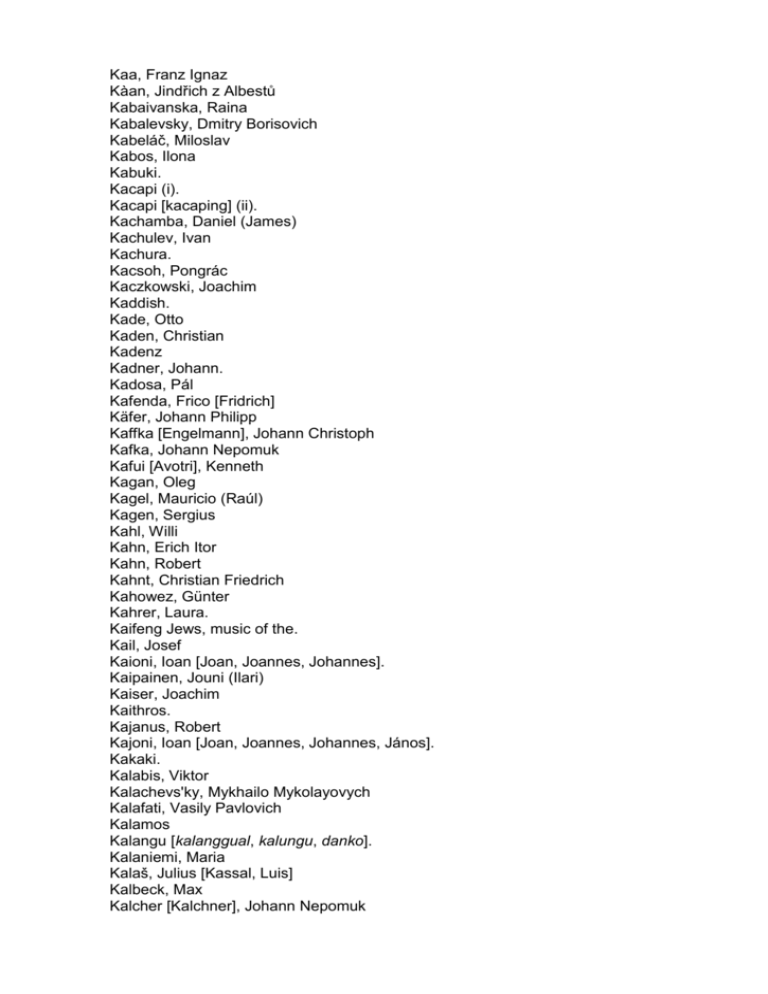

For more casual listening at home when I am not in my listening room, I often stream music through the phone into a Vizio soundbar system that has remarkably nice sound for such a diminutive physical presence. I also do a lot of listening while driving in my 2016 Acura RDX with its nice-sounding ELS Studio sound system through which I play CDs (the ones I especially like I rip to the Acura’s hard drive so that I can listen to them whenever I want) or stream music through the system using my cell phone. Starting at the more grandiose end of the scale, the system in which I do my most serious listening comprises Marantz CD 6007 and Onkyo CD 7030 CD players, Goldpoint SA4 “passive preamp,” Legacy Audio PowerBloc2 amplifier, and a pair of Legacy Audio Focus SE loudspeakers. Paying audience helps subsidize the recording costs.įor readers who might be wondering about what kind of system I am using to do my listening, I should probably point out that I do a LOT of music listening and employ a variety of means to do so in a variety of environments, as I would imagine many music lovers also do. It’sĮxpensive to pay an orchestra for a studio recording session, and, therefore, a To me that the primary reason for most live recordings is economic. Some engineers, conductors, or record companies persist in retaining. Then there are the unfortunate bursts of applause that Minimize audience noise either by placing the microphones too close to or tooįar away from the orchestra for my liking, and still I usually hear or sense That I’ve heard very few live recordings I thought sounded better than Maybe he felt theĪudience inspired him the way no empty hall could. Seventies on, saying that he liked the results better. Leonardīernstein insisted on doing most of his recordings live from the early Many conductors and record companies swear by recordings made before a liveĪudience, saying it makes the performance more spontaneous and all. IsĪ studio recording or one without an audience a “dead recording”? I know that

May safely move on to the next paragraph. Using examples from John Lennon, David Bowie, Tupac Shakur, Björk, Marta Salogni, Sylvia Massy and Rick Rubin, each chapter takes the reader inside a different part of the commercial record production process and uncovers the interactive and interrelated multitude of factors involved in each creative task.Readers who wish to avoid having to read a personal rant Side B demonstrates this system in action during the central tasks of songwriting, performing, engineering and producing. Side A illustrates how creativity arises out of a system in action, and introduces the history, culture, traditions and institutions that contribute to the process of commercial record production. Paul Thompson offers an alternative take on the romanticized and mythologized process of record-making. Using Mihaly Csikszentmihalyi's systems theory he illustrates the complexity of the creative process and the multiplicity of its contributors through the use of familiar and relevant clarifying examples.” - Richard James Burgess, record producer, music engineer, and author of The Art of Music Production and The History of Music Production “In this detailed and global tour de force, Paul Thompson very effectively dispels the romantic notion of the singular genius in record production. This book is an indispensable addition to the record production bookshelf.” – Albin Zak, Professor of Music, University at Albany, USA and author of The Poetics of Rock: Cutting Tracks, Making Records. “ Creativity in the Recording Studio: Alternative Takes offers a fresh and fascinating look behind the scenes of the record making process.


 0 kommentar(er)
0 kommentar(er)
